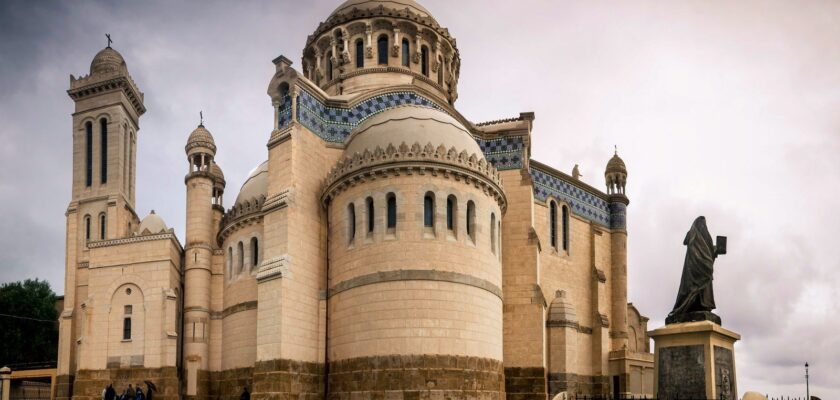Cathedral of Our Lady of Africa (Basilique Notre-Dame d’Afrique)
The Cathedral of Our Lady of Africa is a working Catholic church and historical and cultural monument of Algeria, located in the capital. The cathedral is located in the picturesque northern part of the city, on a 124-meter high cliff by the sea.
.
The symbolic and religious significance of the basilica is expressed in an inscription in the altar apse: “Notre Dame d’Afrique Priez Pour Nous Et Pour Les Musulmans”, which in French means “Our Lady of Africa, pray for us and for the Muslims”. The cathedral is a mirror image of Notre Dame in Marseille.
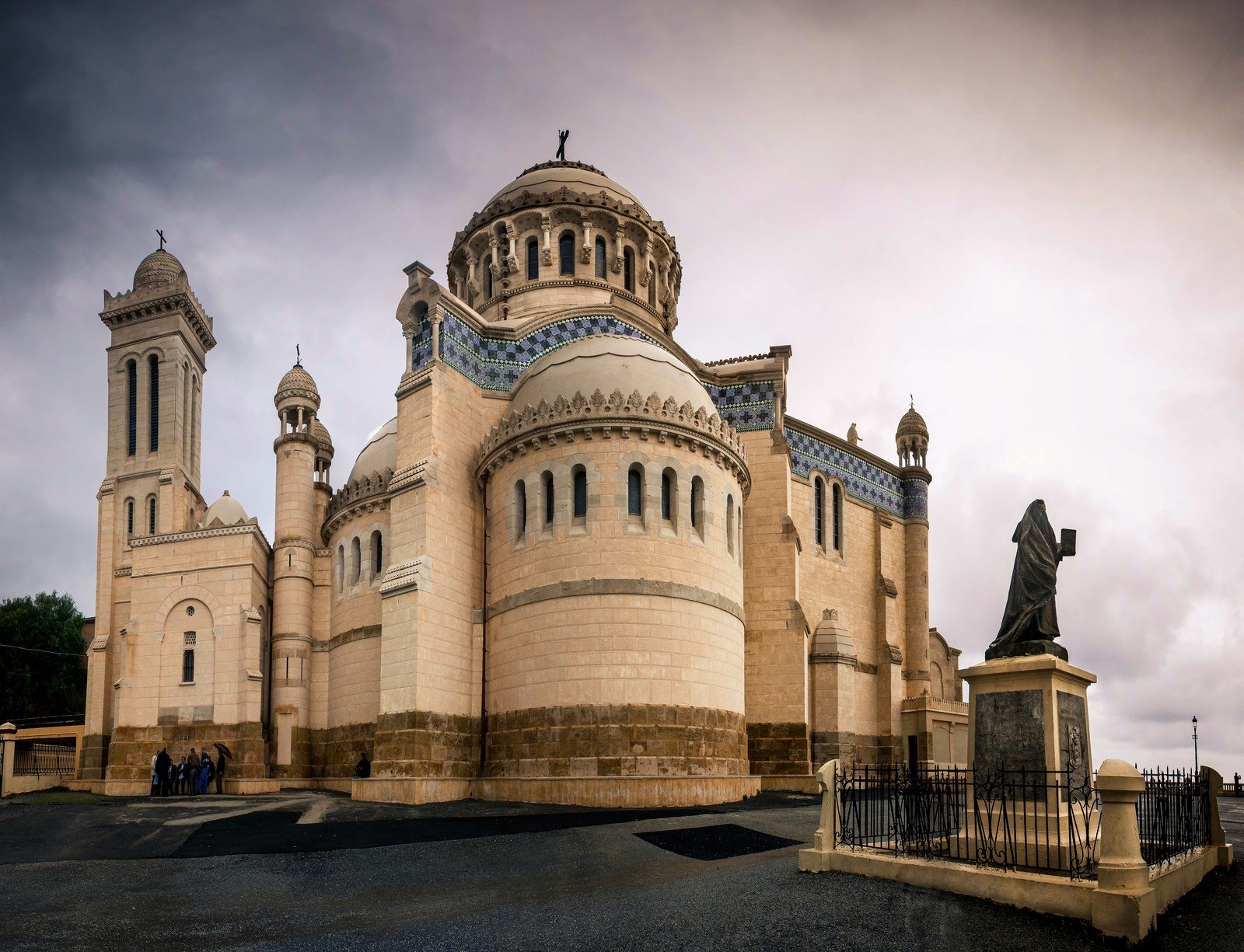
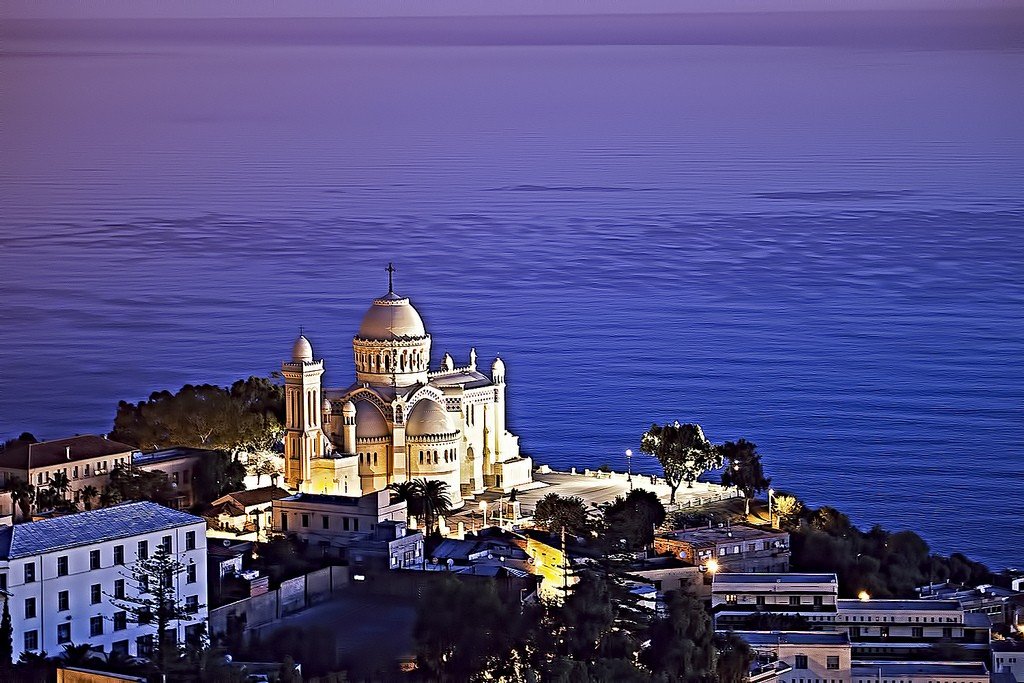
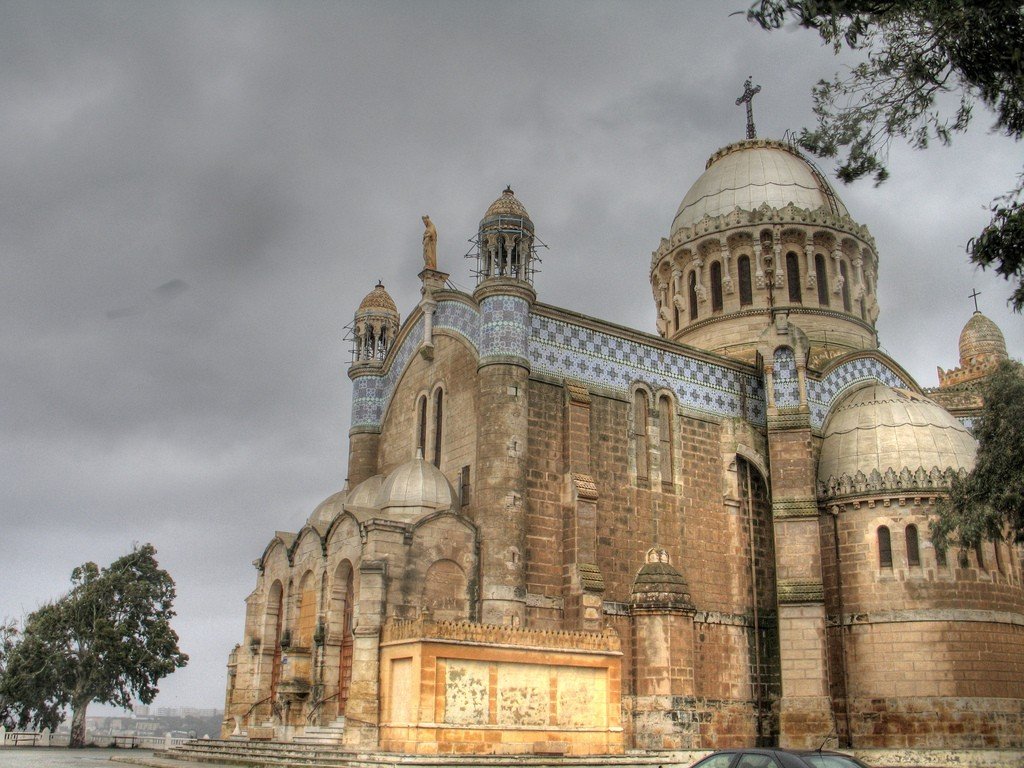
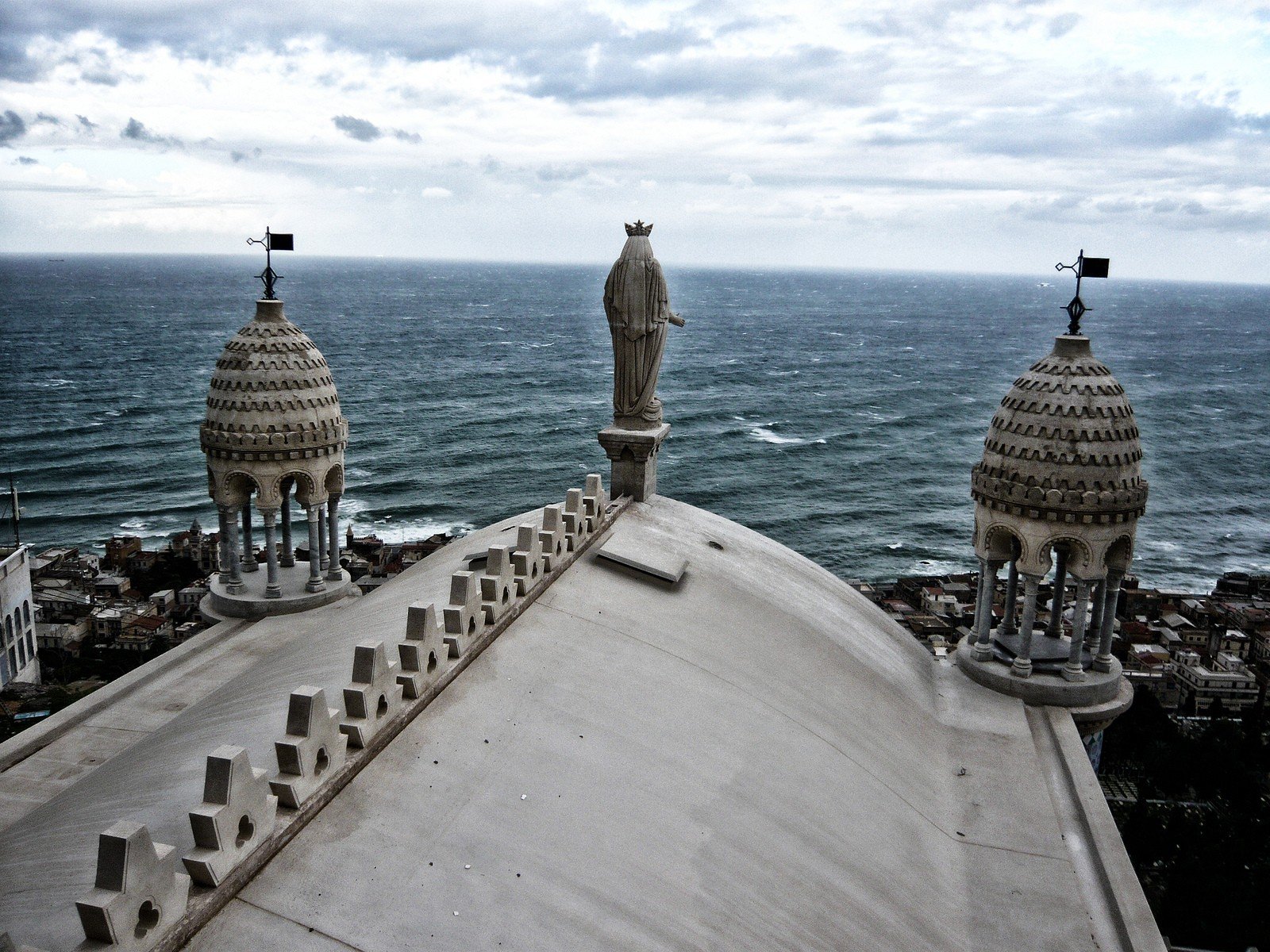
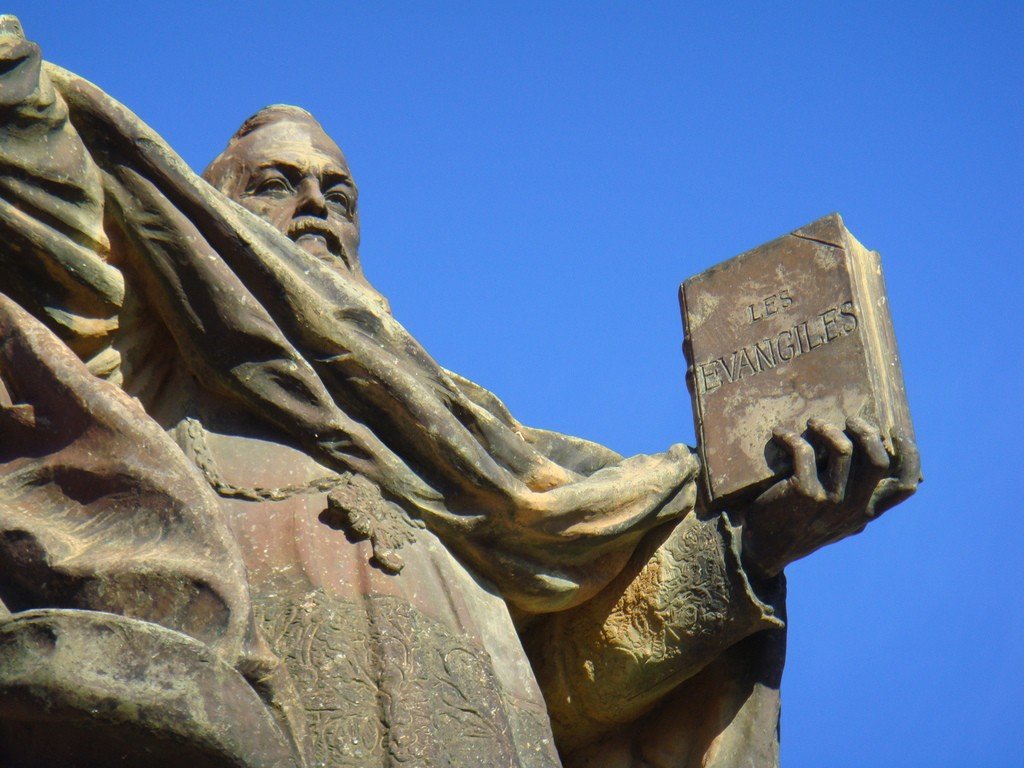
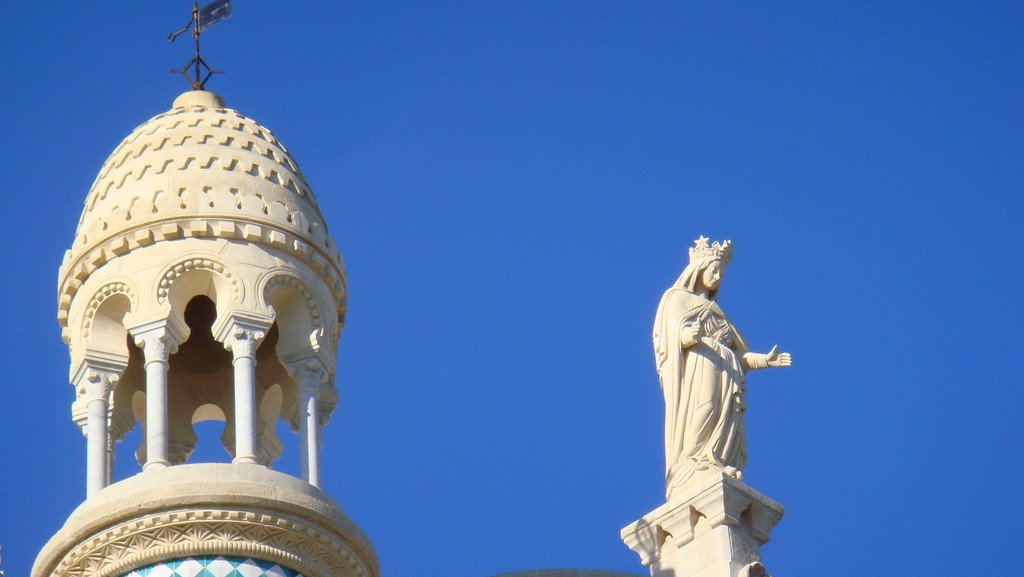
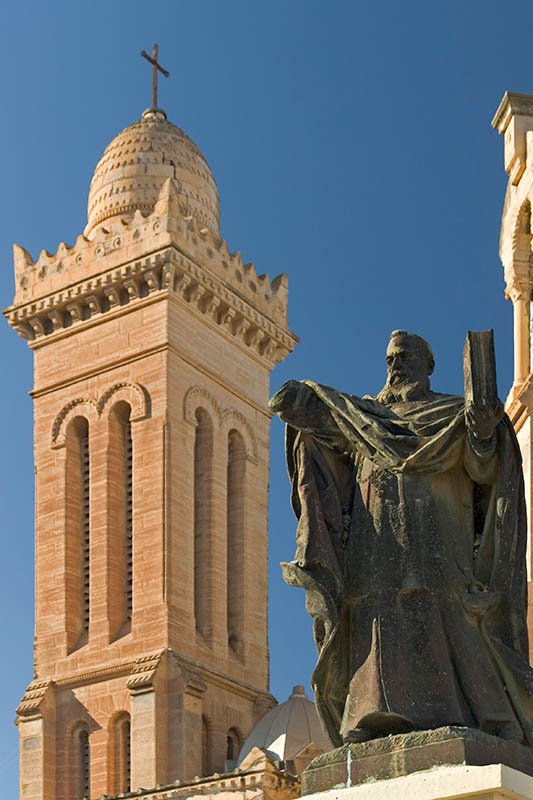
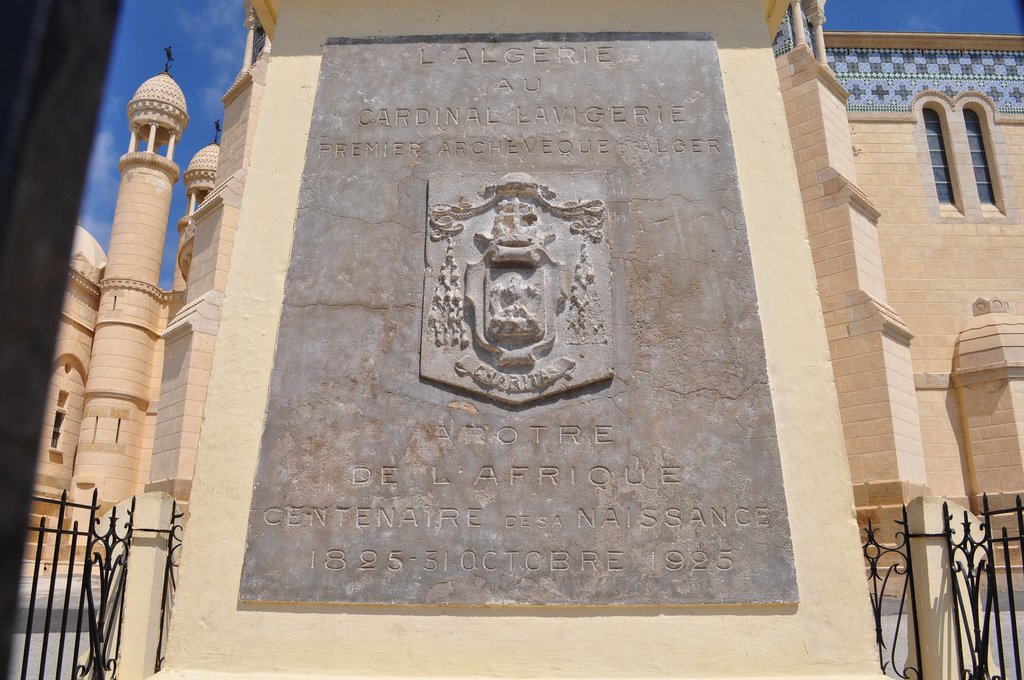
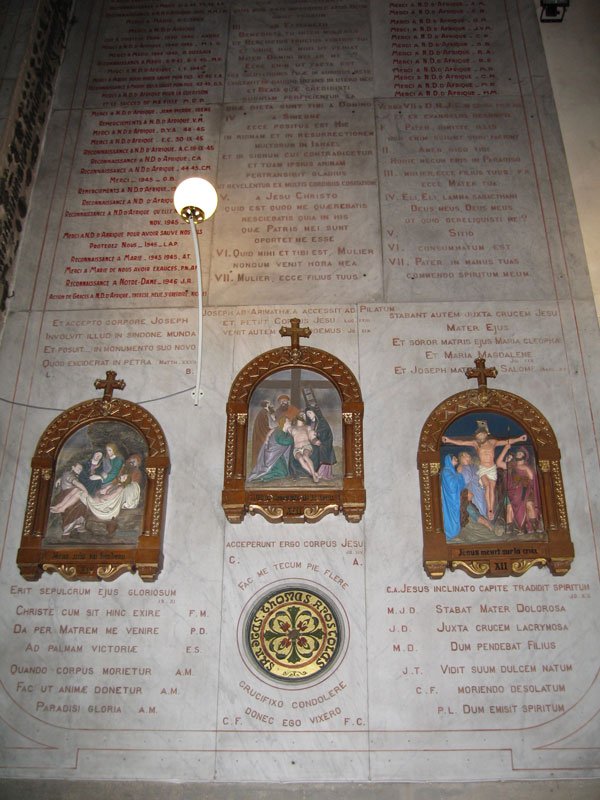
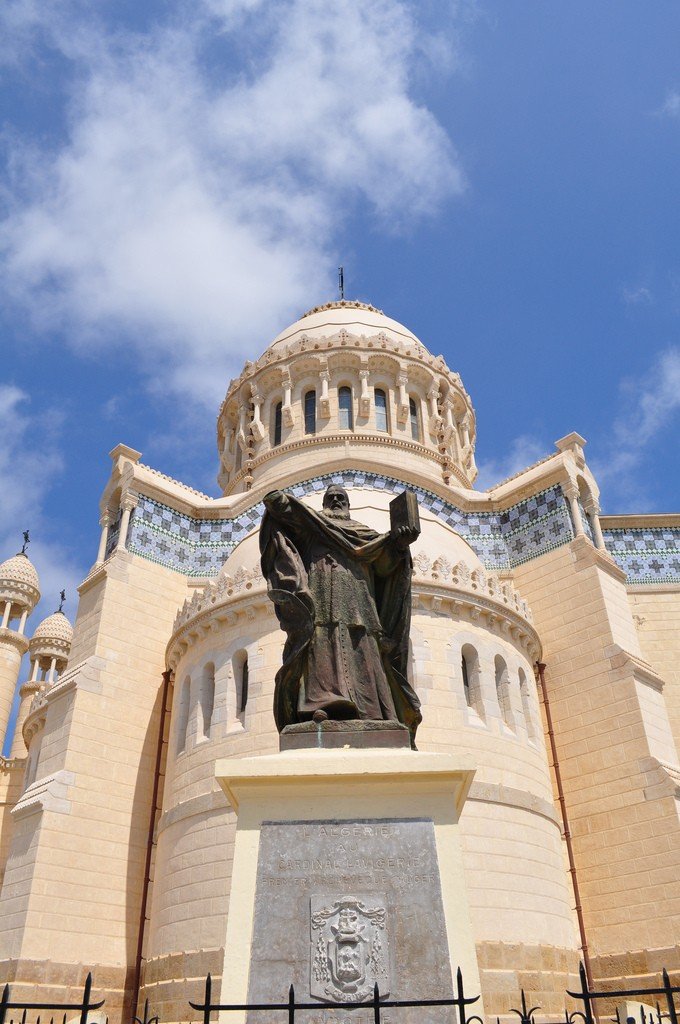
History of construction
According to legend, two women from Lyon wanted to establish a temple on a mountaintop. They set up a small statue of the Virgin Mary in the hollow of an olive tree.
>After 14 years of construction, the cathedral was consecrated and opened in 1872. The architect was Jean Eugène Fromageau. The building was constructed in the then fashionable Neo-Byzantine style. In 1875 the temple became a small basilica. The project is also unusual in that the choir is on the southeast side of the building, instead of the east side as is customary in temples.
.Architecture
Notre Dame d’Afrique is a combination of Roman and Byzantine elements. The cathedral is dominated by a large silver dome with a cross on top. The sandstone walls are crowned by a blue-and-white frieze of mosaics. Inside, the temple is richly decorated with religious paintings, columns, arches, stained glass and mosaics.
.In front of the cathedral is a statue of the Queen of Africa. On the walls are small plaques with the names of people who need Our Lady’s help.
.
Tourists
The Cathedral of Our Lady of Africa is open daily from 11:00 am to 12:30 pm and from 3:00 pm to 5:30 pm. Entrance is free. By the way, you can reach it from the city center by cable car, which will also be part of an unforgettable adventure.
.
Services are in French every day except Friday, when the service is in English. And on Sunday evening, the priests go to the edge of the cliff and, to the sound of bells and organ, bless all those at sea and absolve the shipwrecked.
